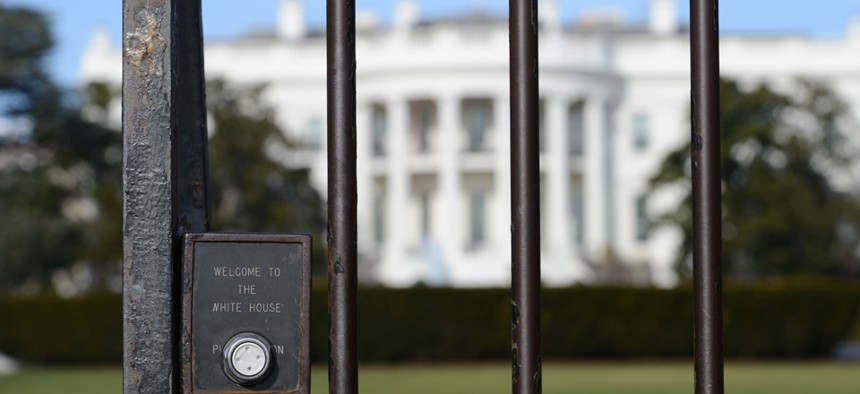Did the White House Website Violate Its Own Privacy Rules?

Orhan Cam/Shutterstock.com
A social-media firm used a new, persistent form of online tracking.
The White House may have misled people who visited its website about how it tracked their online behavior.
In a forthcoming paper, a group of researchers write that thousands of top websites, including WhiteHouse.gov,have been using a new, persistent type of online tracking.
Justin Brookman, the director of consumer privacy at the Center for Democracy and Technology, said the tracking was "probably inconsistent" with the White House's own website privacy policy.
Brookman noted that the White House's privacy policy is more specific than many corporate policies. The document states that Google Analytics may use cookies (common tracking files) to collect data on the site's visitors.
But according to the the paper, which was first reported on by ProPublica, the White House site and other sites have been using a firm called AddThis, which used a form of tracking different from cookies.
Like cookies, the AddThis "canvas fingerprinting" technique builds profiles of users based on which websites they have visited. But that tracking technique is harder to block or opt out of than cookies are.
"That wasn't really described in the White House privacy policy," Brookman said. "They probably should've noted they're exposing information to AddThis."
In recent years, the Federal Trade Commission has cracked down on dozens of companies, including giants like Google and Facebook, for violating the terms of their own privacy policies. Using data in a way that violates a privacy policy is a "deceptive" business practice, according to the FTC lawsuits.
The agency regulates only commercial practices, so it wouldn't have jurisdiction to act against the White House or any other government agency. Brookman said it's unlikely the FTC would even sue a company for engaging in the same practice.
But he said the incident shows why so many companies try to have the vaguest policies possible.
"It does highlight why it's so challenging to do privacy policies," he said. "They try to do a good job and make it really specific. Then later some social-media guy just got on there and added some new thing, and they didn't update their privacy policy."
A White House spokesman emphasized that officials were not "using this technology to track WhiteHouse.govusers."
Rich Harris, the CEO of AddThis, said the company used canvas fingerprinting only as a brief internal experiment and that it never shared any data collected using the technique with the White House or other clients.
"Many, many companies in the industry are exploring new technologies and methods to replace cookies," Harris said. "The whole idea is to try and provide a better user experience, a better personalized experience, and to provide tools that are effective for our customers."
AddThis tracks information about who is visiting the White House website and how many people are sharing information on Twitter and Facebook, he explained.
The firm can also customize sites based on information about the user. So, for example, the Tweet button on a page may appear higher than the Facebook share button for users from countries where Facebook is uncommon, he said.
The firm also uses data to target advertising, but the White House website doesn't have any ads.
Harris argued that canvas fingerprinting is actually less invasive than traditional cookies because it provides less-accurate information on individuals. But the technique is controversial because while a user can delete or block cookies, it's nearly impossible to opt out of canvass fingerprinting.
(Image via Orhan Cam/Shutterstock.com)






